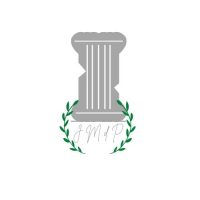The celebration of Halloween has long been associated with traditions and rituals. This fun-filled, candy-centric night actually goes by many names around the world. Some people know it as Hallowe’en, which is a contraction of the words Hallows and evening. Some prefer to call it All Saints’ Eve or All Hallows’ Eve. Some religions don’t recognize it at all, and some people prefer to honor its origins, paying tribute to all the dearly departed.
The origin of what we now know to be Halloween started 2,000 years ago. Samhain was known as the festival of the dead. To the ancient Gaelic people, the night of October 31st marked the end of summer/harvest season and the beginning of winter/the dark half of the year. The darkness and the cold were associated with death, and to ancient Celts, the border between the old and new years that occurred on this night signified a blurring of the two plains of existence (life and death). Celtic people caused massive destruction because they believed that priests could predict the future if large bonfires were offered up to attract spirits. These were usually made from whole crops and livestock. People wore costumes and masks to make the ghosts believe they were spirits and people attempted to tell each others’ fortunes until sunrise. In addition, food and wine were often left outside peoples’ doors to prevent ghosts from entering.
Pope Boniface IV made several changes during the Middle Ages. Christianity believed in honoring the dead in a more holy, or hallowed way. The celebration took place throughout an even, or evening. All Hallows’ Even thus gradually merged into the modern nomenclature Halloween. During the Middle Ages, Christians dressed as saints, angels, and devils and marched in parades. Poor people begged for food, money, and ale in exchange for saying prayers for deceased loved ones. The next day was known as All Saints Day which honored the Christian saints.
Over time, Halloween has mostly evolved into a nondenominational day of activities for children. The focus is on events like trick-or-treating, carving pumpkins into jack-o-lanterns, holding festive gatherings, wearing costumes, and eating treats. Approximately ¼ of all the candy purchased each year in America is done around Halloween.
This article was originally published on JeanetMaduroDePolanco.com










Read 0 comments and reply